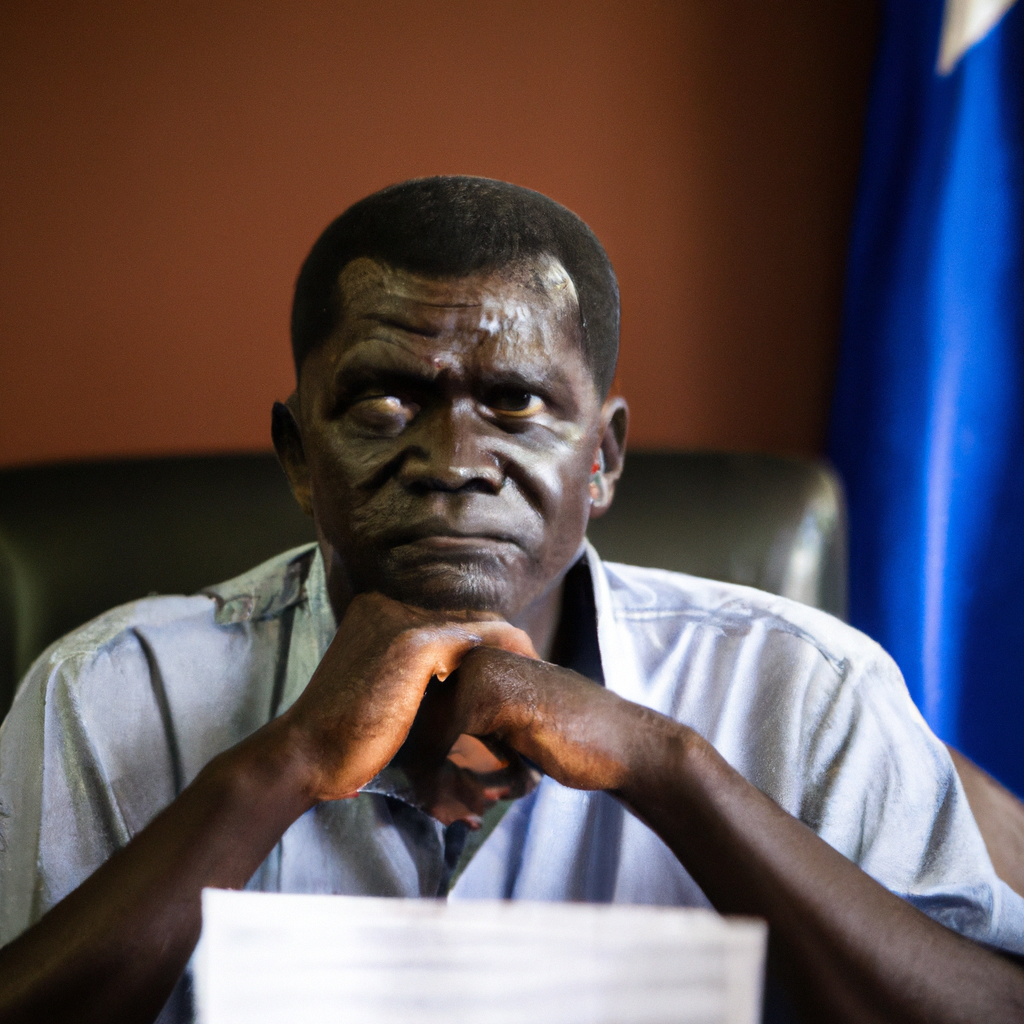The population of Uganda’s iconic Grey-Crowned Crane is facing an alarming decline, increasing the risk of extinction for this majestic bird. Recent studies have shown that factors such as habitat destruction, poaching, and climate change are significantly affecting their numbers. The Grey-Crowned Crane, known for its elegant plumage and unique courtship dance, is not only a symbol of national pride but also an integral part of Uganda’s diverse ecosystem. Conservationists are sounding the alarm, urging immediate action to protect these birds before it is too late.
Declining Population Trends
According to the latest reports from the Uganda Wildlife Authority, the Grey-Crowned Crane population has dwindled to an alarming estimate of just a few thousand individuals nationwide. This sharp decline can be attributed to several human-induced factors:
- Habitat Loss: Wetlands, the primary habitat for these cranes, have been severely affected by agricultural expansion and urban development. The draining of these vital ecosystems disrupts their breeding grounds.
- Poaching and Illegal Trade: The illegal capture and trade of these birds for ornamental purposes pose a grave threat. Their striking appearance makes them targets for collectors, leading to unsustainable hunting practices.
- Climate Change: Changing weather patterns are impacting food sources and breeding conditions for the Grey-Crowned Crane. Droughts and flooding have been reported in crucial wetland areas, negatively affecting their survival.
Efforts to counter these threats are underway, but they require significant support from both the government and local communities.
Conservation Efforts in Uganda
In response to the increasing risks faced by the Grey-Crowned Crane, several conservation initiatives have emerged. Organizations such as Nature Uganda and the Uganda Birding Association are actively working on various fronts to protect these birds and their habitats. Key actions include:
- Community Awareness Programs: Educating local communities about the importance of the Grey-Crowned Crane and the role they play in the ecosystem has become essential. By involving locals in conservation efforts, there’s hope for a collective approach to protecting this species.
- Protected Areas: Expanding the establishment of protected wetlands is critical. Efforts to designate areas as national parks or sanctuaries will ensure better protection against encroachment and resource exploitation.
- Research and Monitoring: Ongoing research is crucial for creating effective conservation strategies. By tracking crane populations and habitat conditions, conservationists can identify the most urgent areas for intervention.
These initiatives showcase a commitment to preserving Uganda’s rich biodiversity while promoting sustainable development practices that include the protection of wildlife.
Implications for Uganda’s Biodiversity
The Grey-Crowned Crane’s decline serves as a warning bell for Uganda’s broader environmental health. This bird is not only a cultural icon but also plays a vital role in the ecosystem by helping to maintain wetland environments. The loss of such a species could lead to adverse effects on other wildlife and disrupt local ecosystems.
Additionally, the predicament of the Grey-Crowned Crane emphasizes the ongoing struggle between conservation and the increasing demands of human activity. Uganda’s economy often relies heavily on agricultural expansion and urban development, but this should not come at the cost of its irreplaceable natural heritage.
In conclusion, concerted efforts are required to prevent the extinction of the Grey-Crowned Crane. This calls for sustainable practices that allow both wildlife and people to coexist. It is crucial for policymakers, conservationists, and local communities to collaborate in safeguarding these iconic birds. Preserving the Grey-Crowned Crane is not just about saving a species; it is about protecting Uganda’s identity and ensuring the well-being of its diverse ecosystems for future generations.










